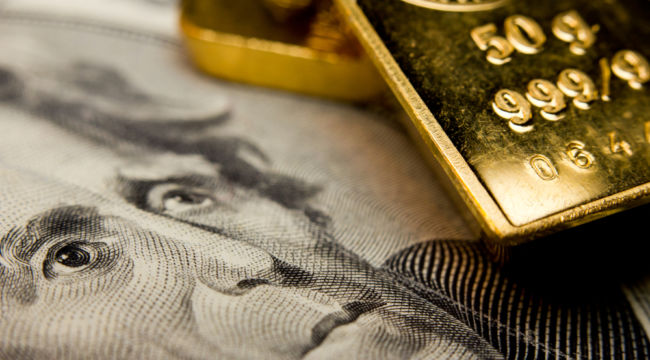“Money Is Gold, and Nothing Else”
Following the Panic of 1907, John Pierpont Morgan was called to testify before Congress in 1912 on the subject of Wall Street manipulations and what was then called the “money trust” or banking monopoly of J. P. Morgan & Co.
In the course of his testimony, Morgan made one of the most profound and lasting remarks in the history of finance. In reply to questions from the congressional committee staff attorney, Samuel Untermyer, the following dialogue ensued as recorded in the Congressional Record:
Untermyer: I want to ask you a few questions bearing on the subject that you have touched upon this morning, as to the control of money. The control of credit involves a control of money, does it not?
Morgan: A control of credit? No.
Untermyer: But the basis of banking is credit, is it not?
Morgan: Not always. That is an evidence of banking, but it is not the money itself. Money is gold, and nothing else.
Morgan’s observation that “Money is gold, and nothing else,” was right in two respects. The first and most obvious is that gold is a form of money. The second and more subtle point, revealed in the phrase, “and nothing else,” was that other instruments purporting to be money were really forms of credit unless they were redeemable into physical gold.
So much of the gold market is “paper gold.” This paper gold market is so manipulated, we no longer have to speculate about it. It’s very well documented. A central bank, for example, can lease gold to one of the London Bullion Market Association banks, which include large players like Goldman Sachs, Citibank, JPMorgan Chase, and HSBC.
Gold leasing is often conducted through an unaccountable intermediary called the Bank for International Settlements (BIS). Historically, the BIS has been used as a major channel for manipulating the gold market and for conducting sales of gold between central banks and commercial banks. The BIS is the ideal venue for central banks to manipulate the global financial markets, including gold, with complete nontransparency.
But it all rests on a tiny base of physical gold. I describe the market as an inverted period with a little bit of gold at the bottom and a big inverted pyramid of paper gold resting on top. There’s just not that much gold available. But in the paper gold market, there’s no limit on size, so anything goes.
Leasing of paper gold by bullion banks allows them to sell the same gold as much as 10 times over to 10 different buyers. It’s like a game of musical chairs, only with more participants and fewer chairs.
Someday, probably sooner than later, somebody is going to show up and say, “I want my gold, please,” and the custodian won’t be able to give it to them. What if a major institution wants its gold but can’t get it?
That would be a shock wave. It would set off panic buying in gold, driving prices through the roof.
Meanwhile, the physical fundamentals are stronger than ever for gold.
It appears that peak gold production is already here. There are no new gold fields of any significance waiting to be discovered. There is no new technology that can extract gold from places where it cannot now be recovered. This does not mean gold production stops — just that output does not increase and will start to go down.
Of course, gold exists in minute quantities in everything from seawater to distant asteroids, but the costs of recovery from those sources are astronomical and make no commercial sense. When it comes to gold, what you see is what you get.
Yet global demand continues to rise from central banks and sovereign wealth funds in Russia, China, Iran, Turkey, and other countries around the world (not including America, it seems). You don’t need a Ph.D. to realize that if supply is declining and demand is increasing, then gold prices have nowhere to go but up.
With limited output but massive ongoing demand, it’s only a matter of time before a link in the physical gold delivery chain snaps and a full-scale buying panic erupts. Then the price of gold will soar regardless of paper gold manipulations.
Meanwhile, Fed has paused in its path of rate hikes. The perception of the Fed flipping from tightening to ease has removed a major headwind to higher gold prices and created a tailwind.
Regards,
Jim Rickards
for The Daily Reckoning



Comments: